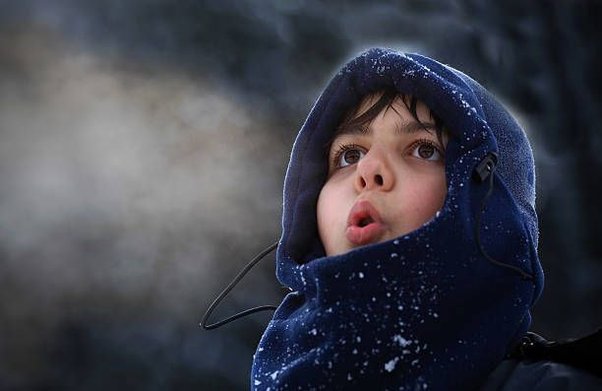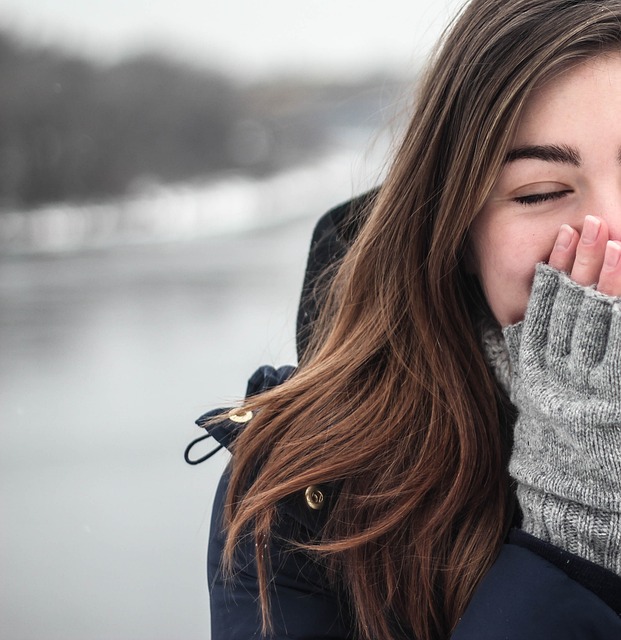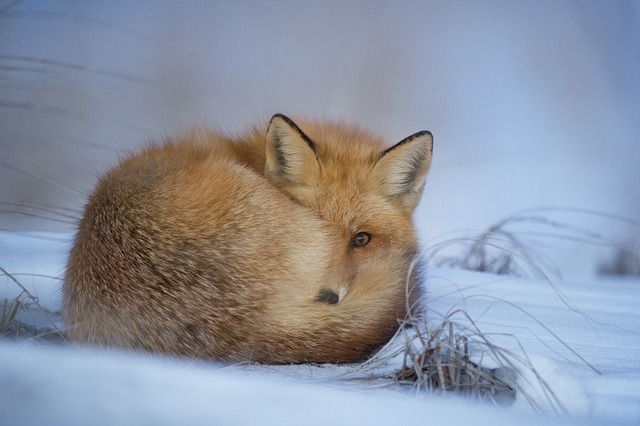
Visible Vapor: Why You Can See Your Breath in Cold Weather
Hey there, curious minds! Have you ever wondered why your breath becomes visible when it’s chilly outside? Well, buckle up because we’re about to dive into the fascinating science behind this everyday winter wonder.
Why Does It Happen?
Alright, let’s keep it simple. You know how you see steam rising from your hot cup of tea? That’s water vapour turning into tiny droplets in the air. Now, when you breathe out in the cold, the warm air from your lungs meets the chilly air outside. This magical meeting creates a similar effect – your breath turns into tiny water droplets that you can actually see!
Understanding Water Vapor
Now, let’s get a bit sciency (but don’t worry, we’ll keep it fun!). The air we breathe contains water vapour, which is just water in its gaseous form. When you exhale, your breath carries this invisible water vapour. In warm air, it stays unseen, but in the cold, it transforms into tiny visible droplets, making your breath visible.
Temperature Matters
Imagine you’re in a cozy room – the temperature is just right. The warmth keeps the water vapour in your breath invisible. But step outside into the cold, and suddenly, it’s like a mini cloud show! The cold air chills the water vapour, turning it into those misty clouds you see.
The Role of Humidity
Humidity, or the amount of moisture in the air, also plays a part. In areas with high humidity, your breath may be more visible even in milder cold. It’s like having more ingredients for the cloud-making process!
What You’ve Learned
So, to sum it up, when you see your breath in the cold, it’s all about the magic of water vapour meeting chilly air. You’ve just uncovered a mini science secret of winter!
Keep Exploring
If you’re curious to know more, this is a sneak peek into the world of condensation and the transformation of gases into liquids. Sounds cool, right? Explore these topics in science class, and you’ll be the go-to expert on breath clouds! Stay curious, and keep asking those awesome questions!
Fact: The phenomenon of seeing your breath in the cold is not only limited to humans. Animals, such as certain mammals and birds, also exhale visible breath in cold temperatures due to the same scientific principles of water vapor condensation. Observing this occurrence in both humans and animals highlights the universal nature of the physical processes involved in the interaction between warm breath and cold air.









